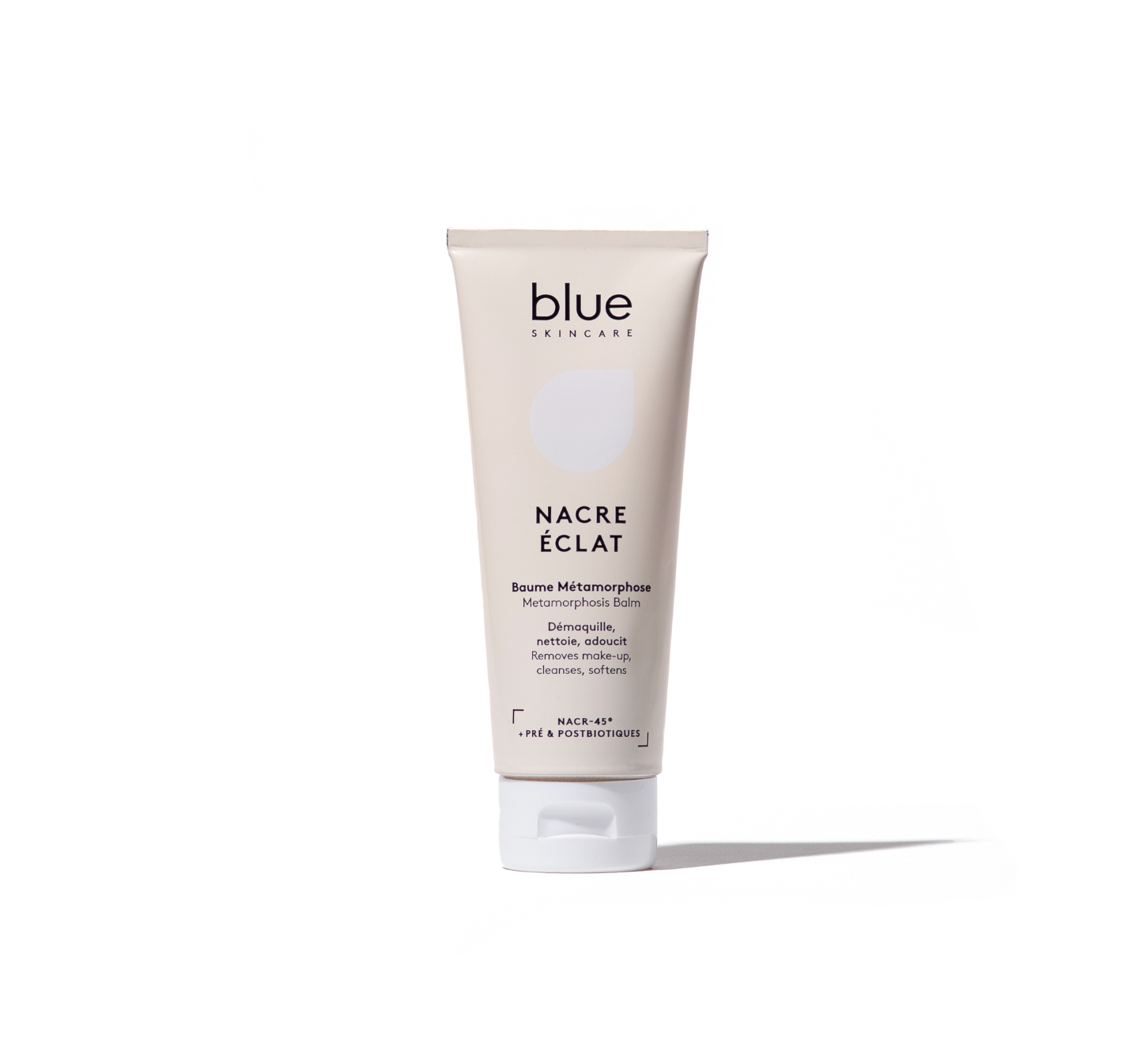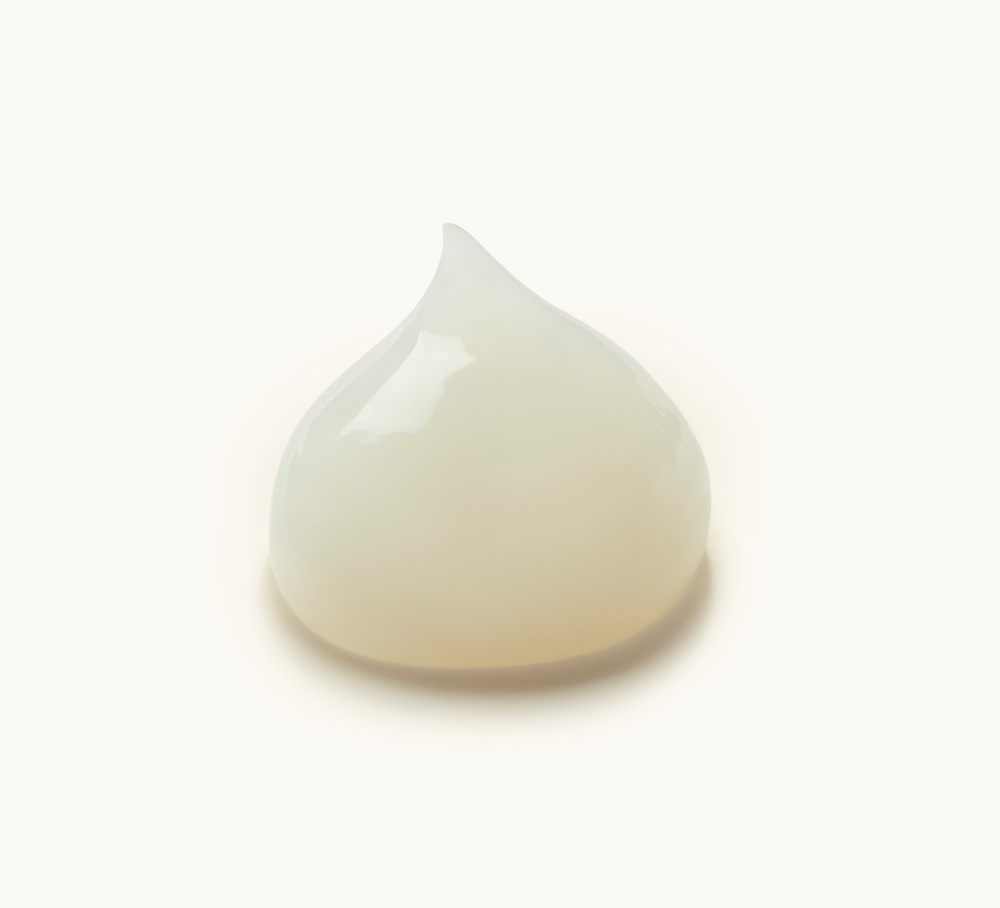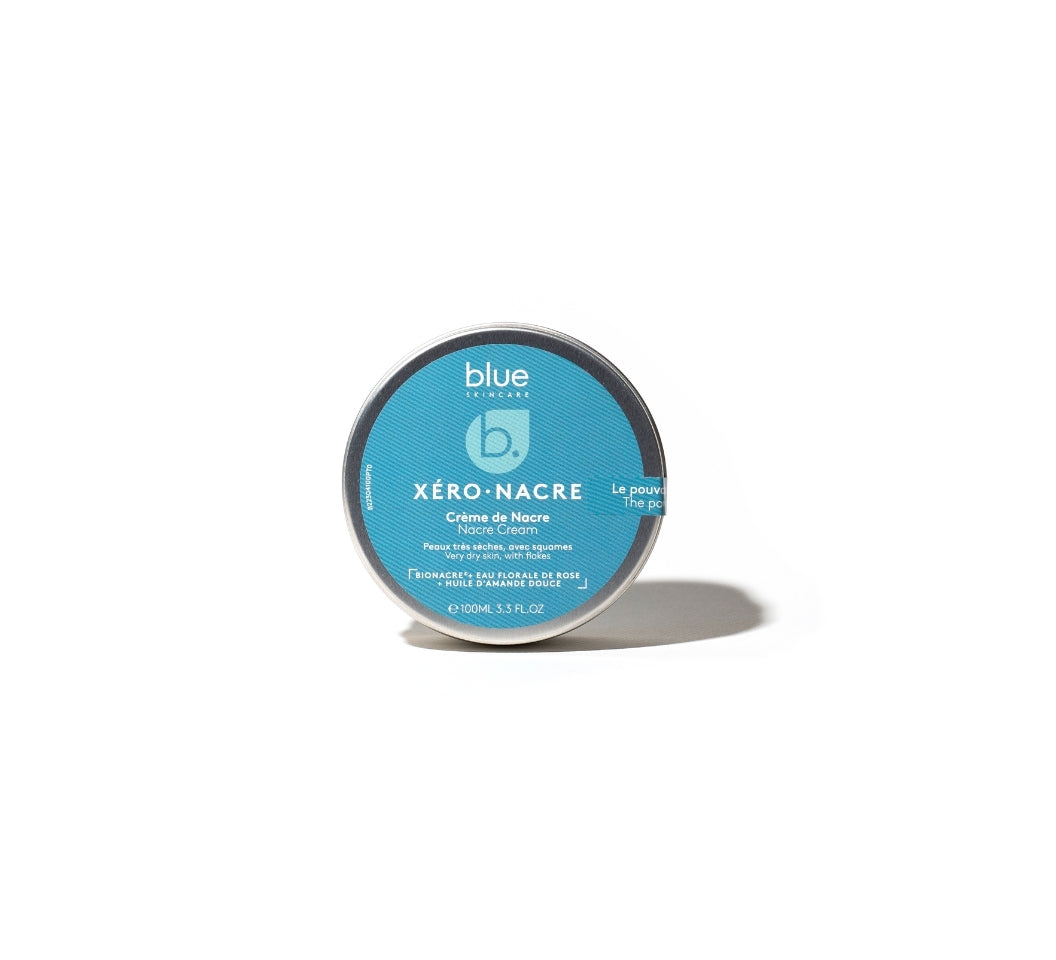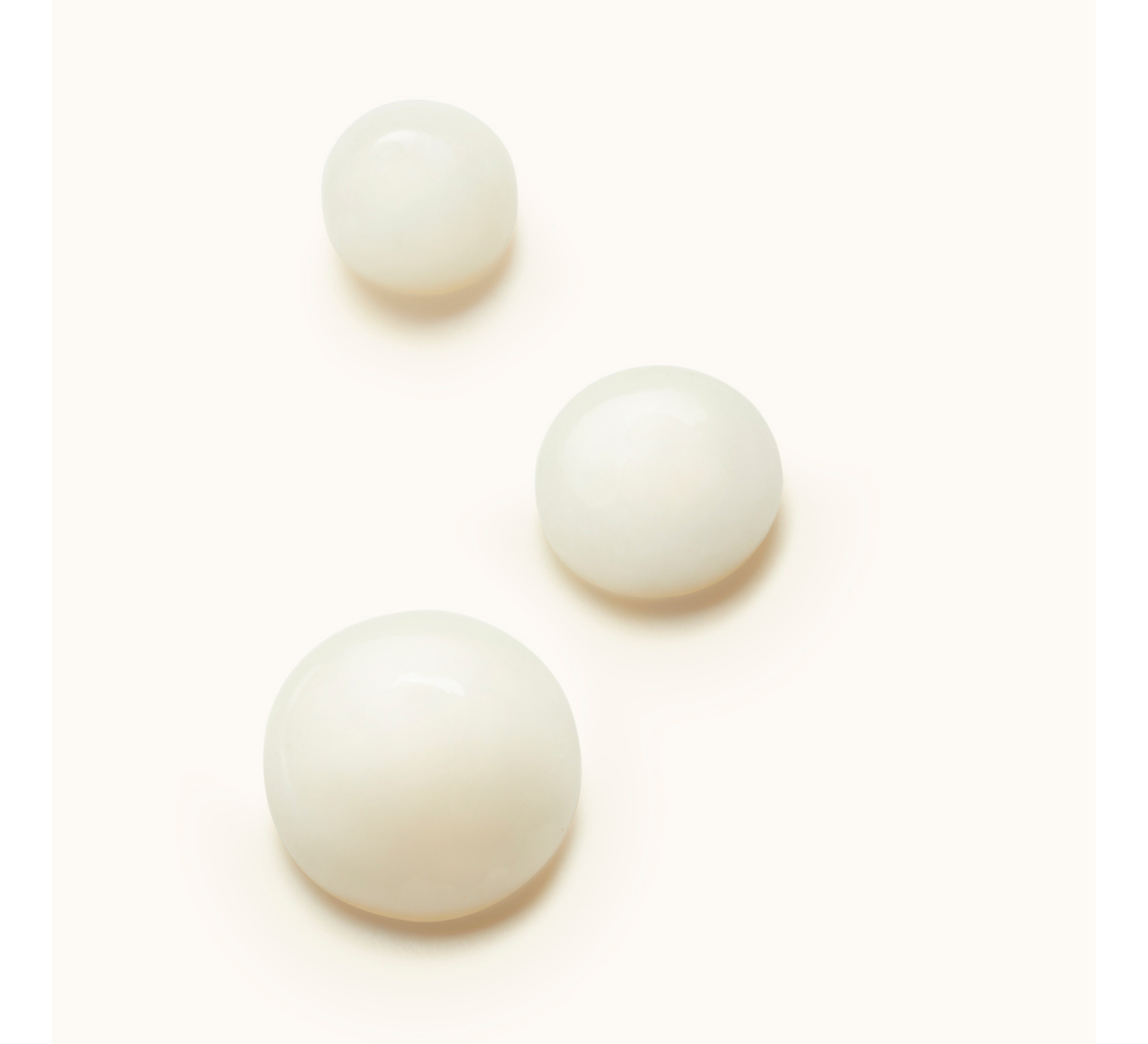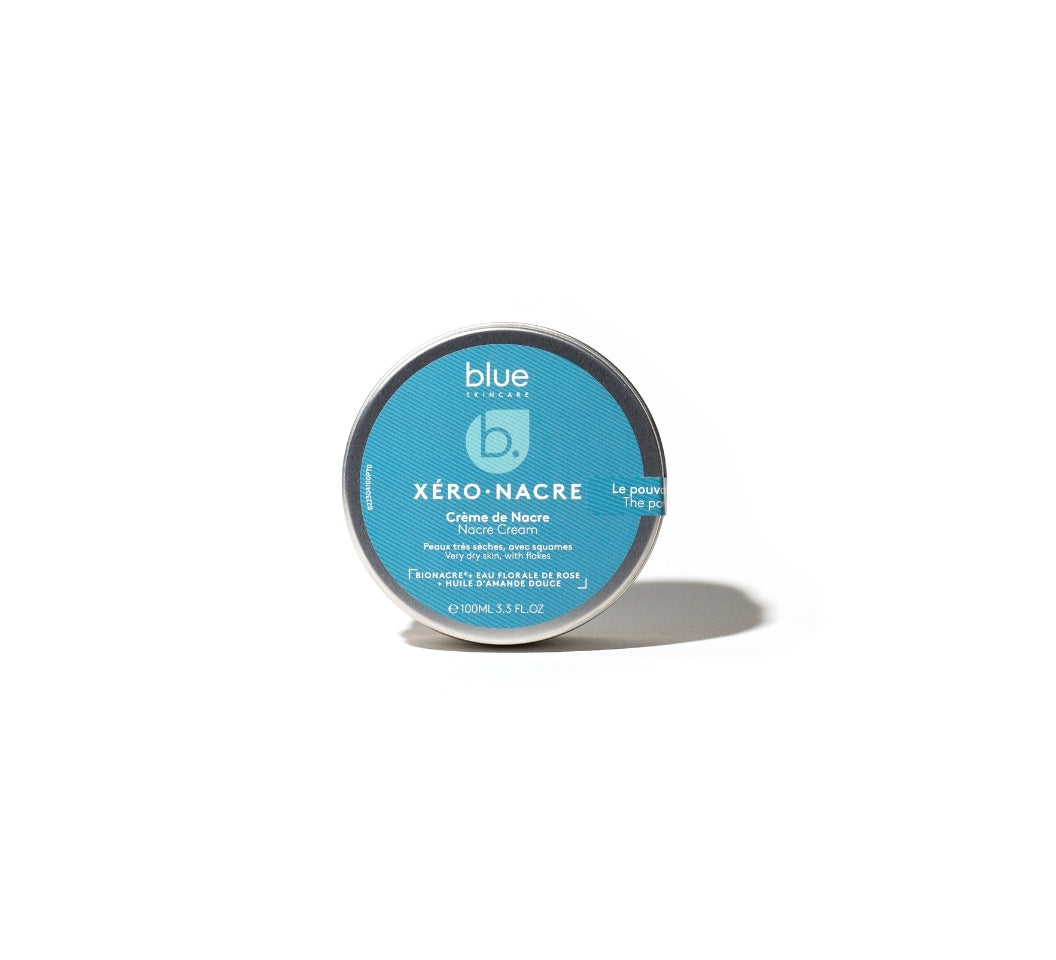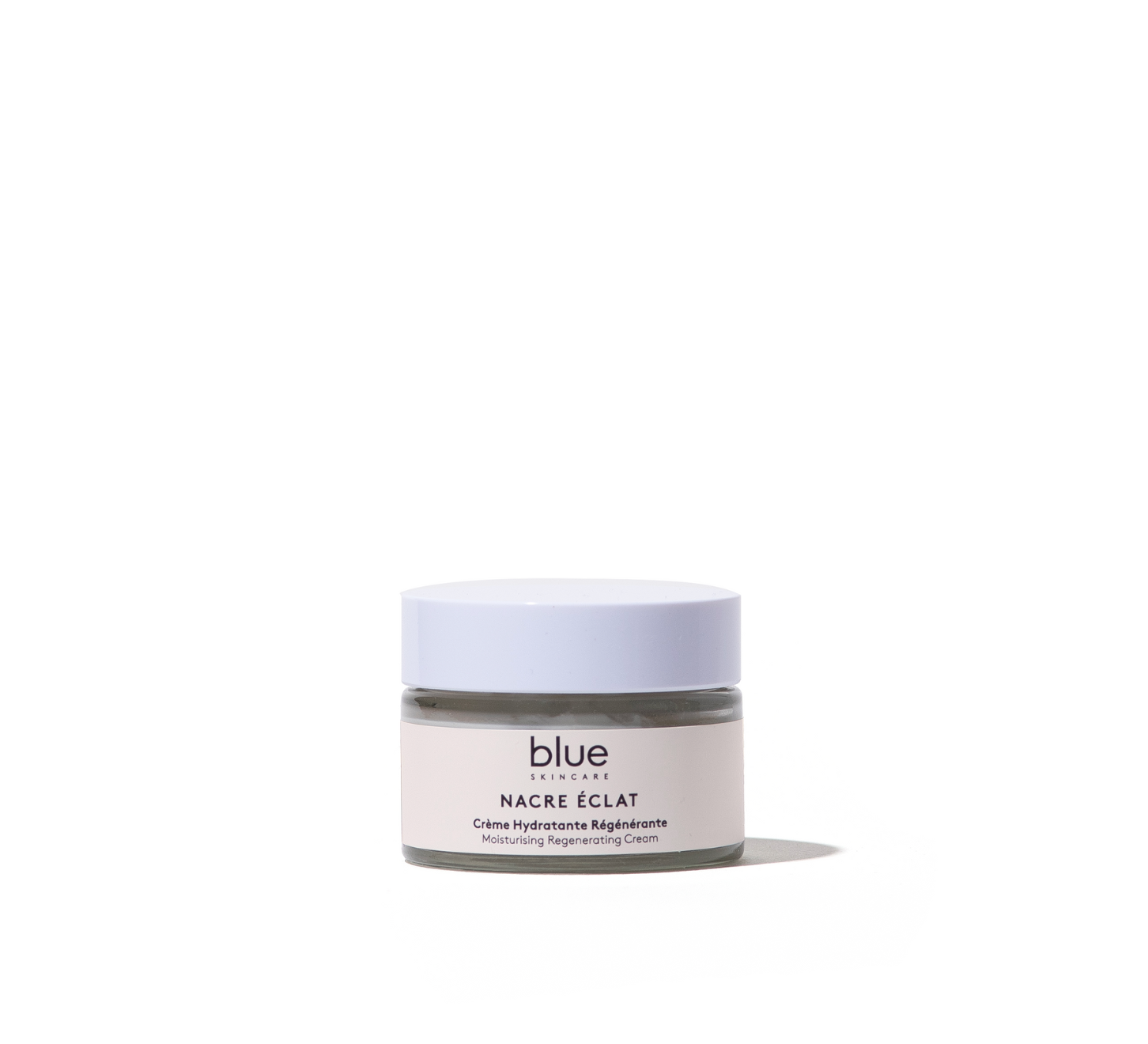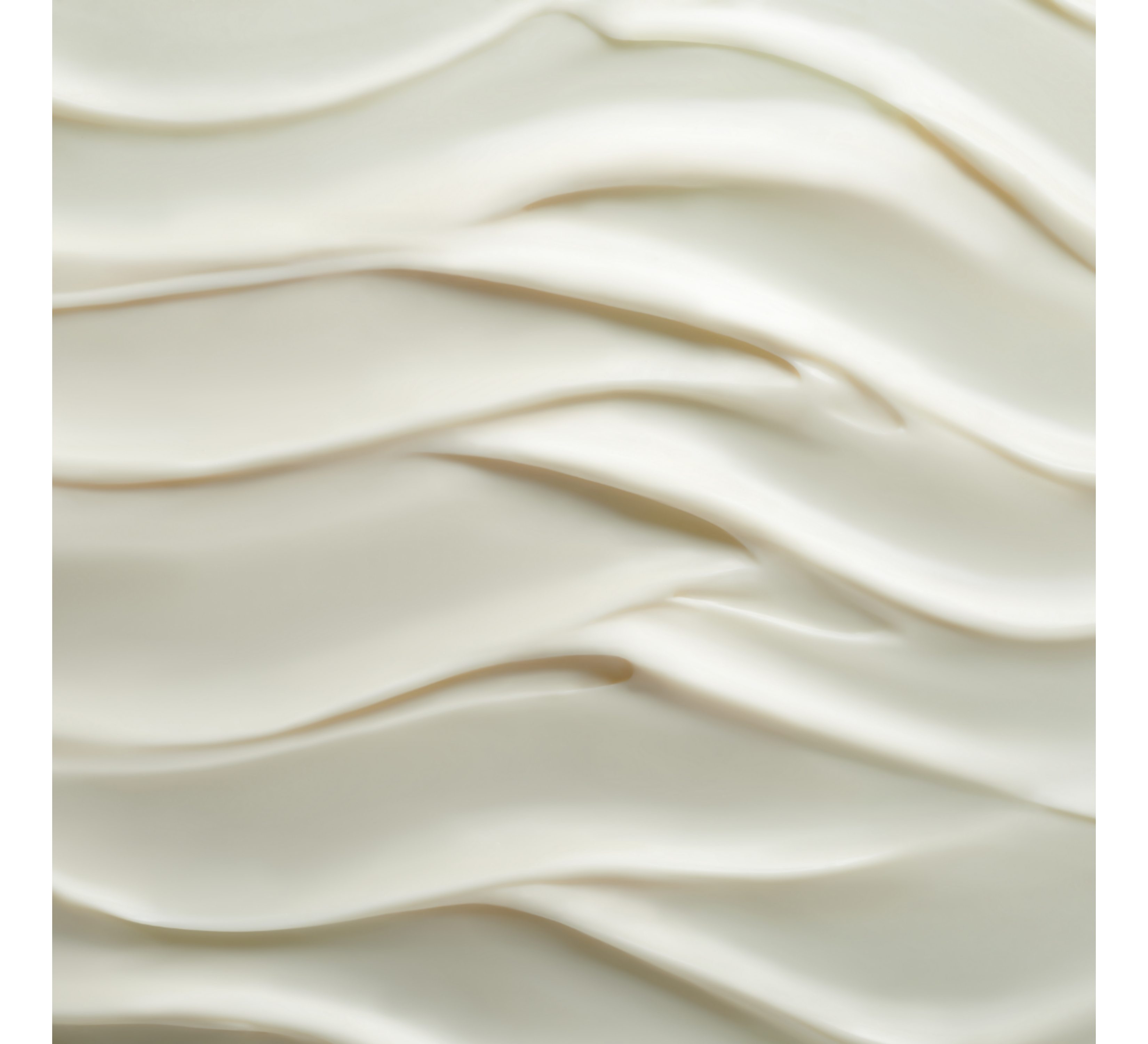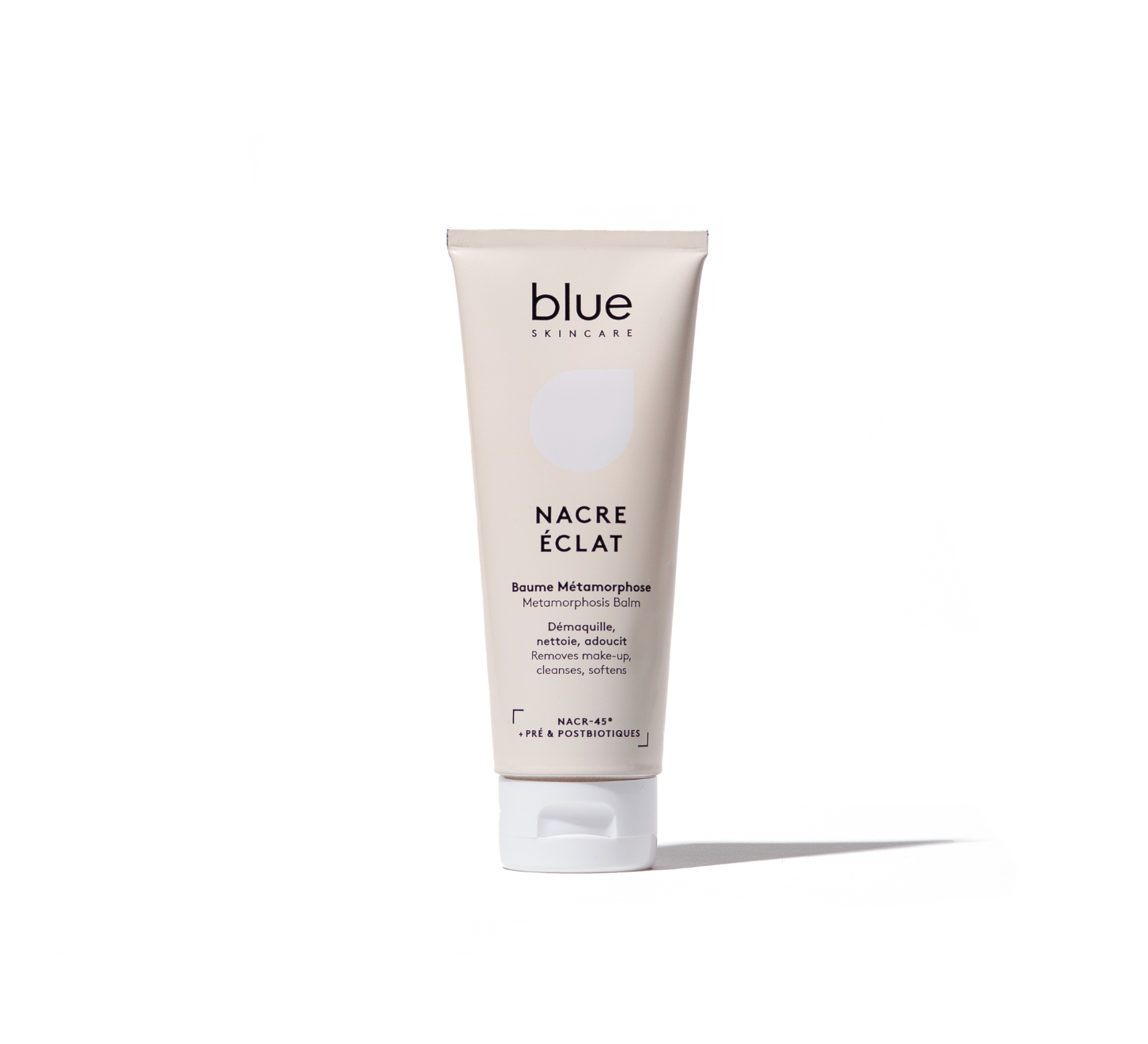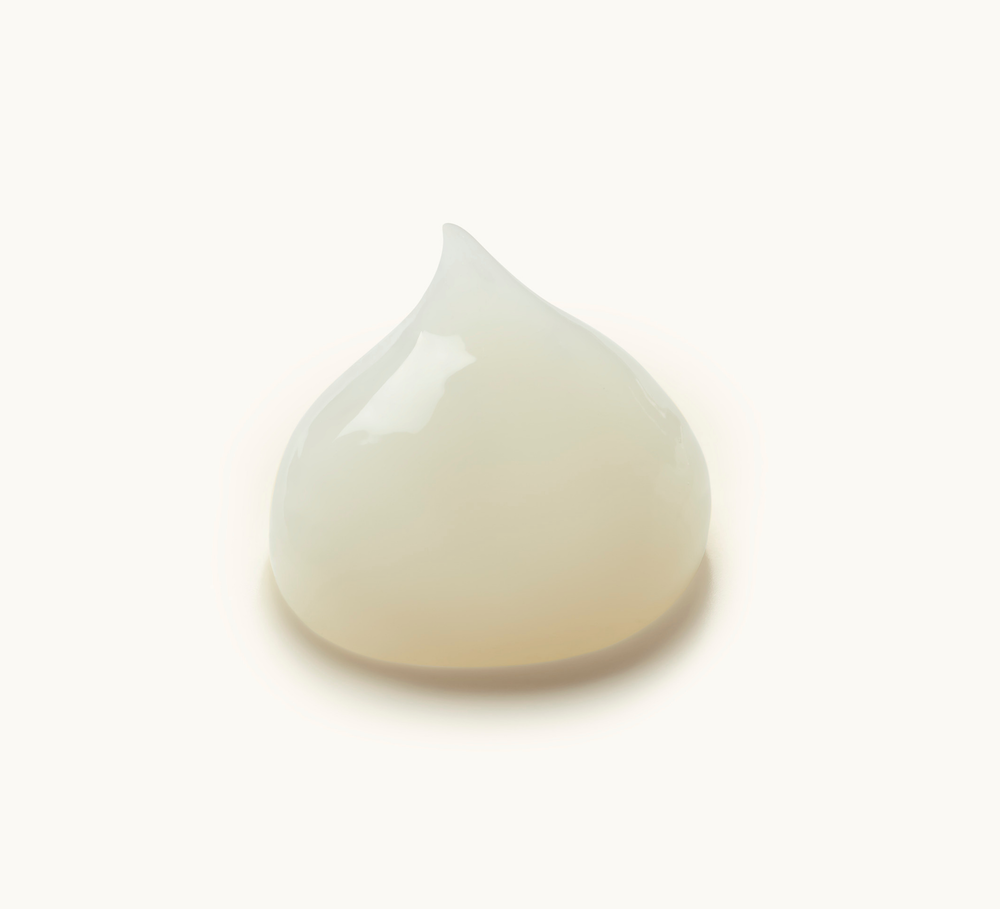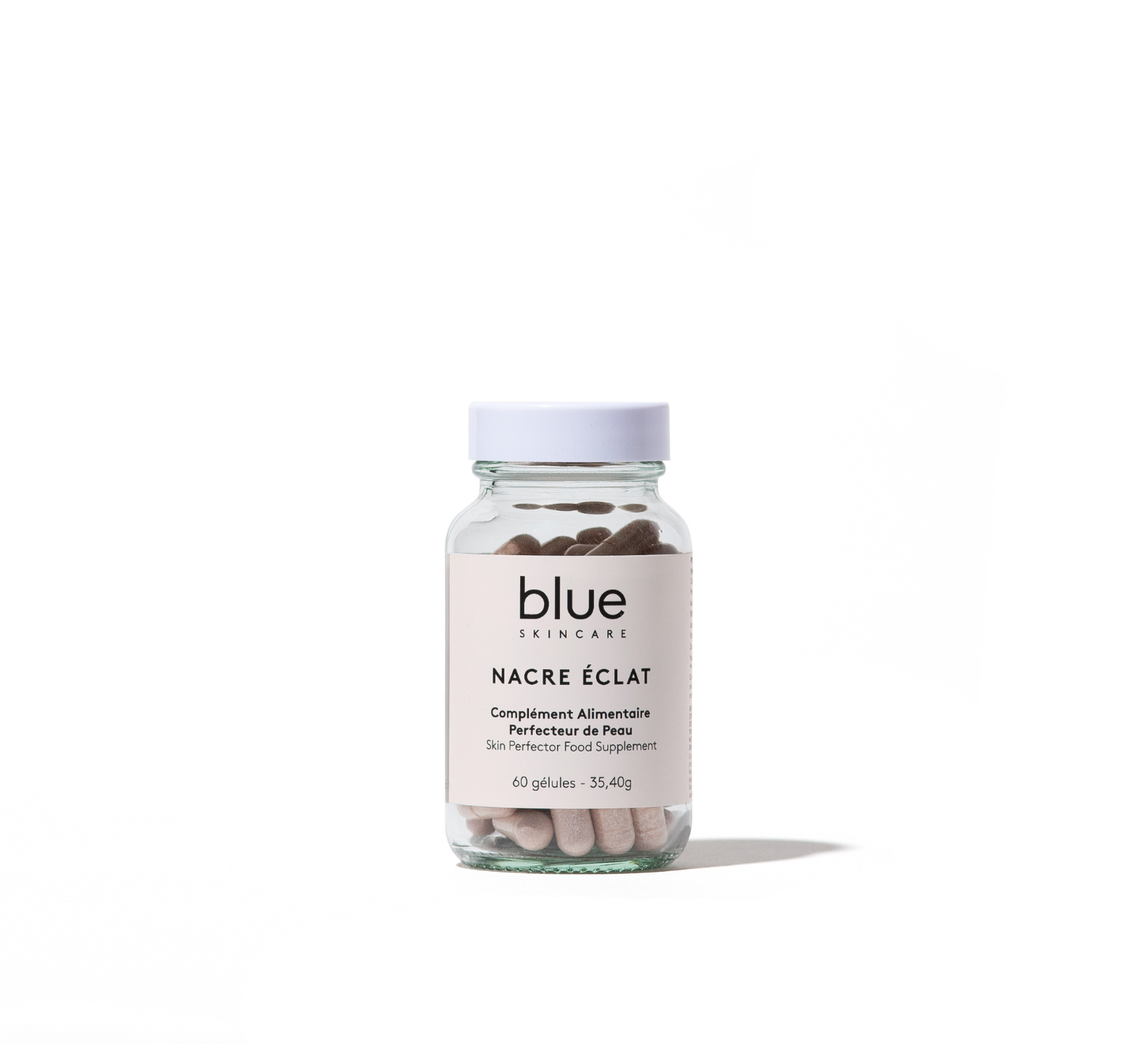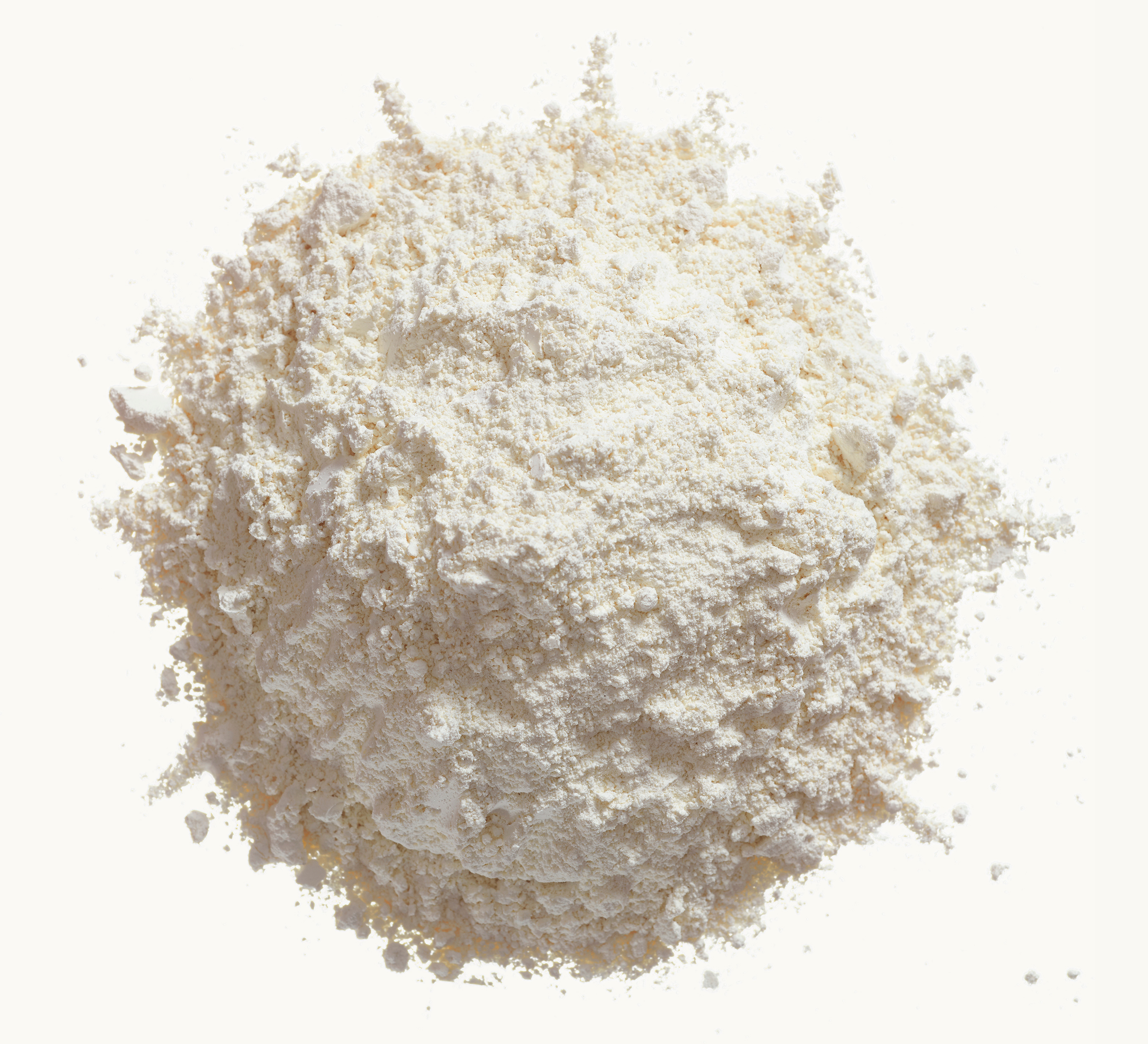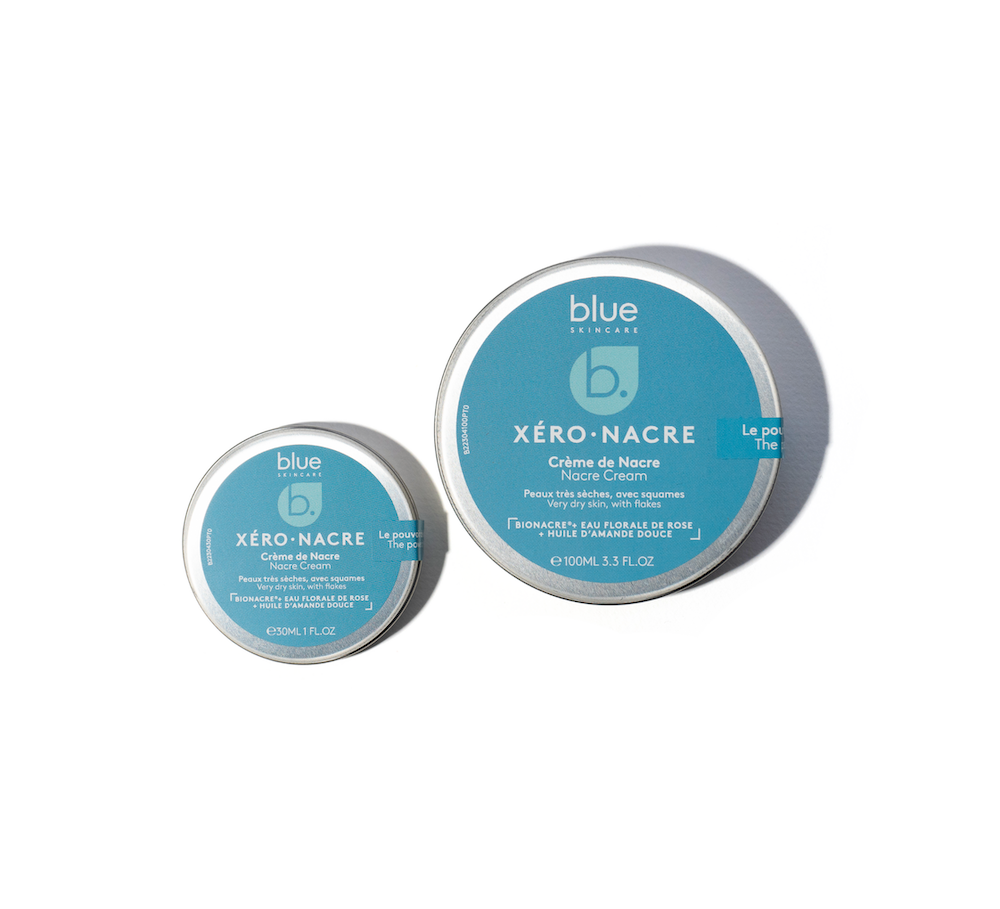If you're shivering , you can put on a big sweater or make yourself some broth. Struck down by a seasonal virus (can you guess what?)? Same thing: make some broth and go to bed!
What is a broth?
Both simple and rich, broth is water in which you cook over a very low heat, and for a very long time, a chicken carcass, some chopped vegetables (carrots, leek, celery), an onion studded with cloves, garlic, parsley, possibly thyme and bay leaf to which you add a dash of cider vinegar when the cooking is well advanced. Above all, once the cooking for several hours is complete, you strain the broth which has taken on a beautiful golden color, to serve only the liquid. The goal is precisely to offer the body a beverage that does not require any effort to digest solid foods.
Winter Remedy
For Marielle Alix, naturopath, broth is the ideal remedy in case of a virus, a cold, or even a dip in energy. "If the body is sick, if it has a fever, it is necessary to let the fever do its work," she explains . "Because the fever allows you to burn everything and manage this battle. Broth is then an excellent boost to proceed with this elimination in a light way. Because this is especially not the time to feed the body with foods that are too rich , but on the contrary to put it to rest, without additional work. Hence the broths, all with three days of rest," concludes the naturopath.
A host of benefits
The principle of slow cooking allows bones to release their nutrients, including calcium, phosphorus, collagen, magnesium, and sodium. However, these are the nutrients that immediately perk up bodies that are most tired from a virus or dehydrated from gastroenteritis (or, in the middle of summer, sunstroke). Broth is so remineralizing and invigorating that we should ideally drink it once a week for good bone, joint (thanks to the collagen in the bones used for the broth) and cardiovascular health (thanks to the antioxidants contained in the marrow of poultry or beef bones that are also used to vary the flavor of chicken broth). Always remember the dash of cider vinegar that allows the bones to release minerals and promote the transfer of collagen to the cooking liquid.
Vegetarians, deprived of broth?
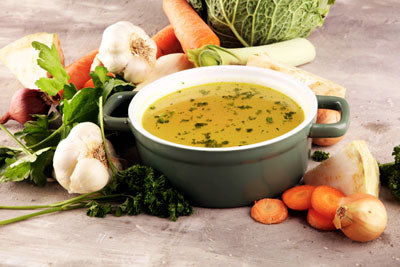
For Marielle Alix, there is a delicious alternative to chicken broth: vegetable broth. Although it does not contain collagen, it is rich in all the minerals and vitamins contained in the variety of vegetables used for the broth. "It's up to you to multiply the combinations: in addition to the classic leeks, onions, carrots, add cabbage, fennel, tomatoes, eggplant, ginger!" advises the naturopath. Whether the broth is vegetarian or not, it must be consumed quickly (within two days, maximum three) but, good news, it can be frozen provided that all the ingredients used to simmer it are fresh. The smart tip? Fill ice cube trays with the broth to have your homemade bouillon cube in the freezer "instead of a" bouillon cube "!
Broth, the recipe
- 2 liters of water
- A chicken carcass with some meat left on it. Alternatively, a beef rib bone, or a few chicken thighs and wings. If you want a fattier, more nourishing result, ask your butcher for two or three marrow bones.
- 1 leek
- 1 carrot
- 1 onion studded with a clove
- pepper
- salt (but at the end of cooking)
- 1 dash of cider vinegar
Place the bones, as well as the vegetables, in the Dutch oven or casserole dish (which you do not use as a pressure cooker but just as a pot).
Cover everything with water.
Heat gently for several hours (don't hesitate to cook for 5 or 6 hours) without ever bringing to the boil. The broth does not boil, contrary to what its name indicates!
Remove the vegetables and meat and pass everything through a strainer to keep only the juice.
Set aside the vegetables to eat them later, after the broth cure, when your appetite and strength return and you can give your body some more work to digest.
